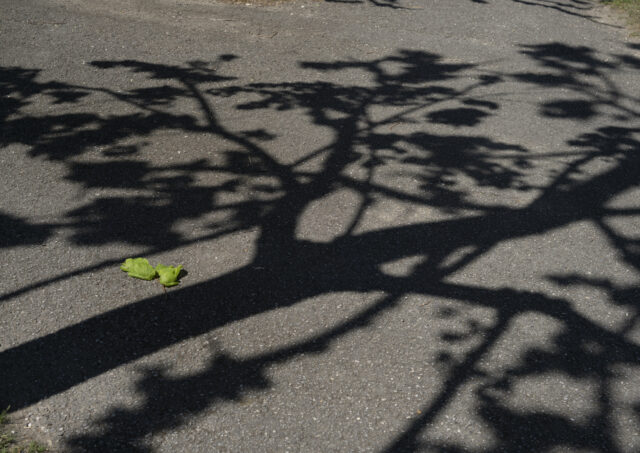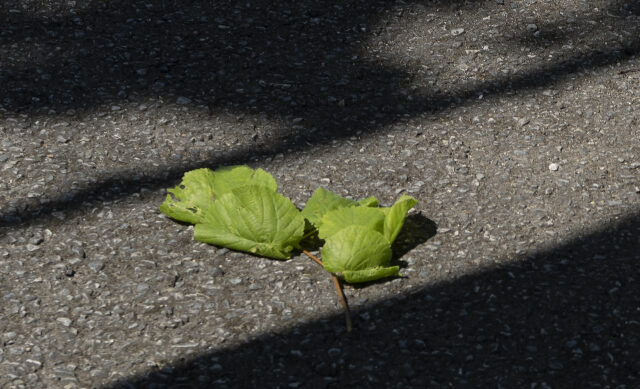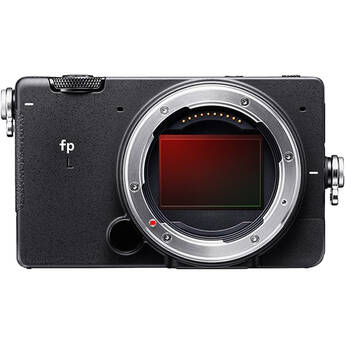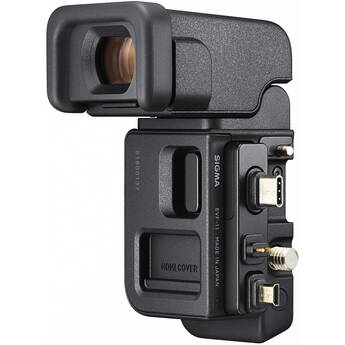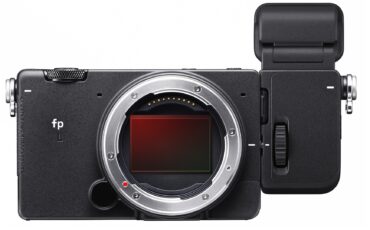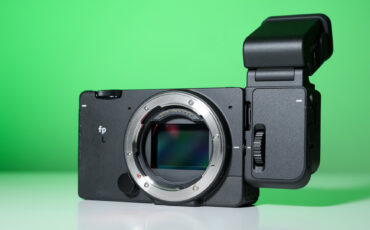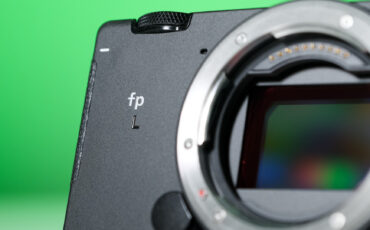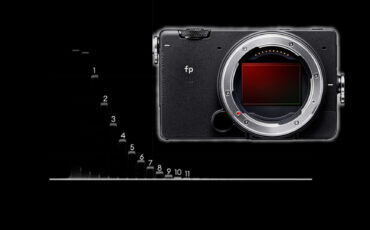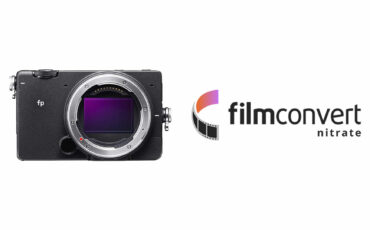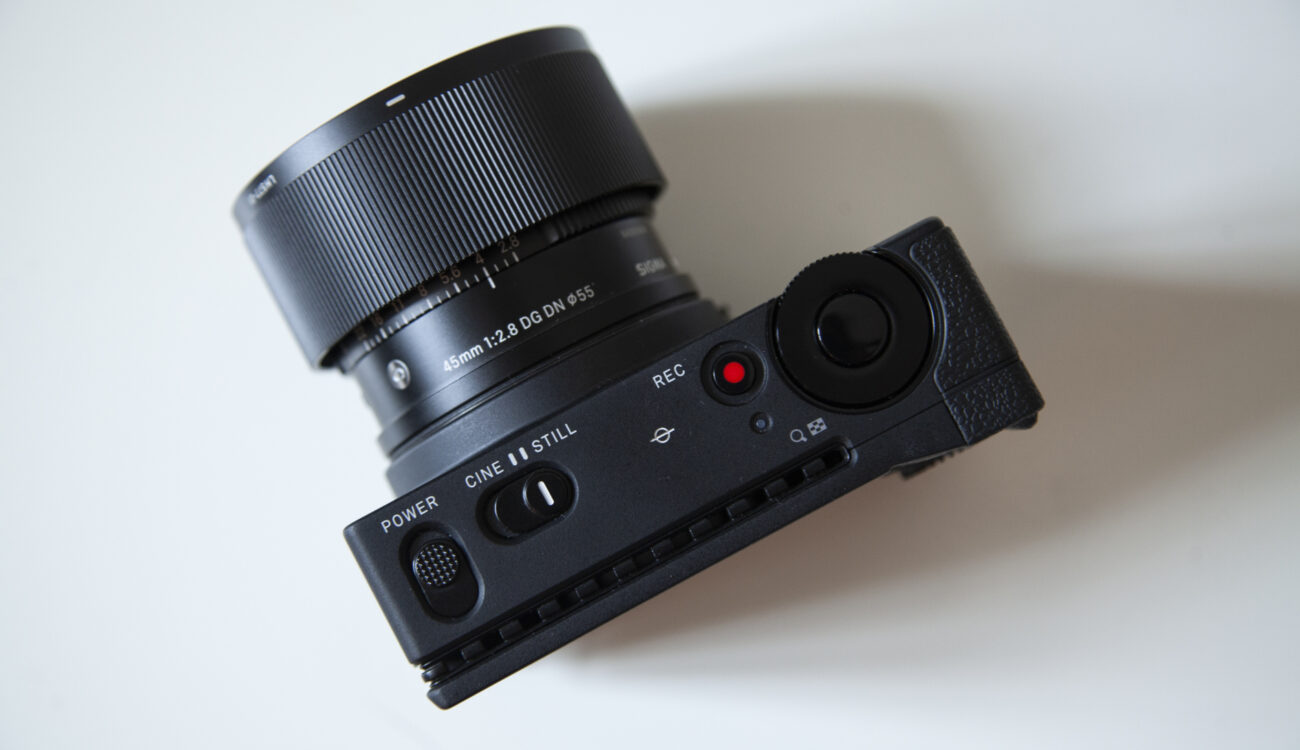
The fp L is SIGMA’s next step up from the fp, which was geared more towards cinematographers, and although the body looks the same, the fp L should up the game for still photographers and take the experience to a new level. The SIGMA fp L is one of the smallest and lightest (427 grams) full-frame mirrorless cameras in the market, and it packs a 35mm full-frame 61 megapixel Bayer sensor as well. Here’s our SIGMA fp L Review for Photographers.
This is a guest post by our colleague Alexandra Thompson, a professional photographer, a photography teacher and a stor teller who got her first camera at the age of 16 and never looked back.
In this review, I’ll focus on the photography side of the SIGMA fp L camera. For a more video-focused test, please read (and watch) Johnnie’s review here. And for the more technically savvy among you, you might also be interested in our lab test, in which we measure the dynamic range, rolling shutter and latitude of the camera’s sensor.
The modular body is rectangular in shape somewhat like a LEGO block, built so it can be dressed up or down with available accessories you attach according to your needs. Dust and splash-proof, it has a durable, aluminum die cast body with an integrated heat sink. The camera uses Leica’s L-mount and accepts a wide range of Panasonic, Leica and SIGMA lenses.
Filmmaking for Photographers
SIGMA fp L Camera
The camera uses a hybrid autofocus system with on sensor phase-detect AF, as well as face and eye detect AF, and three metering systems (evaluative, spot and center-weighted average).
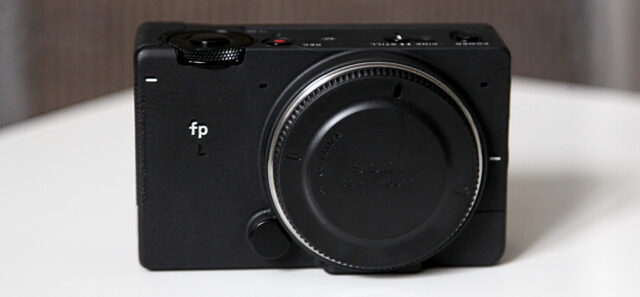
There are lots of control points directly on the camera and plenty of color profiles (15 of them!) from Standard (Portrait, Landscape, Vivid, etc.) to Creative (Teal and Orange, Powder Blue, Duotone, etc.) with further options to fine-tune them. The battery life is good only for about 240 photos on average – might be a good idea to have a second one on hand.
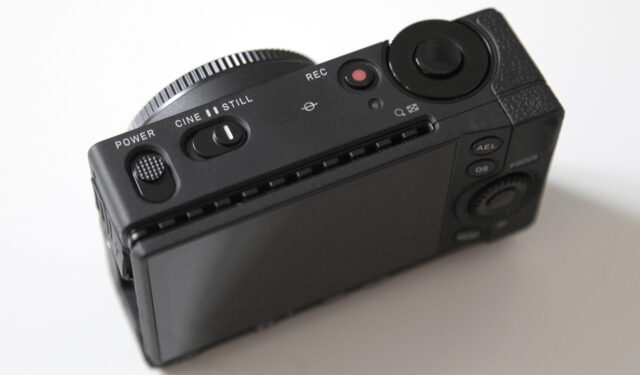
The camera’s controls consist of buttons, switches and dials. At the top are the Power and the Cine to Still switches and the Record button is next to the control dial.
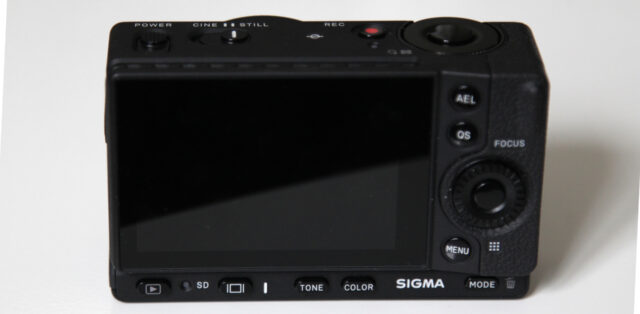
Buttons on the back of the camera can all be customized, and when I set up the camera that’s exactly what I did. Since I prefer to adjust curve and tone in post-processing, I dedicated the Tone button to Crop Zoom while using the 45mm f2.8 lens.
Something to note about the Crop Zoom feature is that the amount you can zoom depends on the image size. It’s fixed unless the Image Size is set on Auto, and if the image size is 9.5K then the full frame is used and the Crop Zoom feature isn’t available. But at that size, tight cropping in post-process shouldn’t be a problem.
The rear dial of the SIGMA fp L is used for exposure compensation while shooting. Click it up or down to select different focus points and program modes. The Quick Selection button is easy, if a little cumbersome. Still, this is not an action camera. A lot of effort goes into setting up a shot, and once my preferred settings are in, it’s nice to customize the Menu button for something else altogether.
Step by step – do I accessorize?
I do. First, I like to use a viewfinder. SIGMA offers the electronic EVF-11 as an accessory that attaches to the left side of the body, covering up some of the other features when it’s attached, but I can’t do without it.
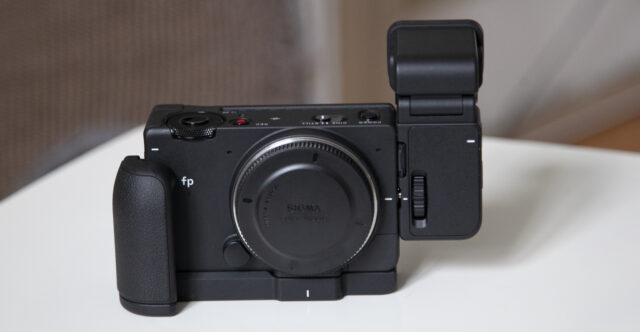
Second, there is no obvious way to hold the camera. The rectangular body is a flat and smooth little box, with no place to get a good hold without resting the bottom of the camera on my pinky finger. But what is sacrificed in ergonomics is made up for in size, and if I were shooting at a museum or trying to maintain a lower than low profile, I would use the camera with a lens as-is.
I’ll be outside this time, so I decided on the large grip choice from the two available models. Once I attached a lens, the viewfinder and the grip, I was left with a bulkier camera, kind of defeating the purpose of the design, but still remarkably light and usable. Attaching the EVF is a little wonky; it takes some fiddling, but it’s stable once it’s attached and tightened. Unfortunately, even if I didn’t prefer a viewfinder, the rear screen is fixed making it difficult for me to use. The EVF-11 tilts 90 degrees, so it could save me if I’m using a tripod and find myself in a tight space.
It’s quite different working with an electronic viewfinder – I’m not sure if what I see is what I will be able to capture or if what I want is even in focus. The camera does have all kinds of bells and whistles on focusing but I tend to rely more on my eye than the camera, and normally I shoot fast, so this will still be a challenge for me.
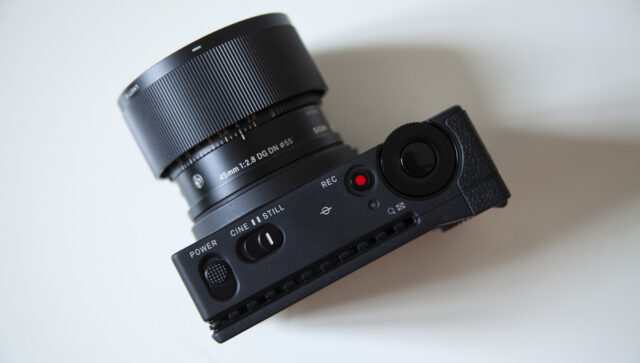
I like to have a bit of weight with my camera to give me more stability. The camera is very light, but once a lens is attached it feels solid. The grip is secure and granted I have small hands, but I had no problem removing the battery or the SD card with the grip attached. There is a hot-shoe accessory, but it’s a choice between the EVF and the hot-shoe as they both attach at the same place on the camera. I’m not sure what kind of situation would warrant this set-up for me. End result: I’m willing to look at this camera in a different way – it is very adaptable, but it’s not a DSLR and it won’t serve every purpose I need in a camera.
It looks to me like SIGMA wants to open up a photographer’s creative possibilities with this camera, so with creativity in mind, and maybe a new way of looking at the world, I want to take the camera out for a test run and see what it can do for me as a still photographer. Is it a landscape camera? Good for portraits? What about architecture? Let’s find out.
And we’re off to review the SIGMA fp L!
I took the camera out for a test shoot to see how it performs. I kept the EVF on and used both the SIGMA 45mm f2.8 and the 28-70mm f2.8 lens.
Right away I had a problem and it didn’t get any better while I was shooting: because there is no “eye detector sensor” on the viewfinder, I needed to remove my eye from the viewfinder and slide the awkwardly placed button on the side of the EVF every time I wanted to switch to the rear screen. There’s a preview of the shot whether I’m looking at the rear screen or the EVF, but if I want to compare shots, I’ll need time.
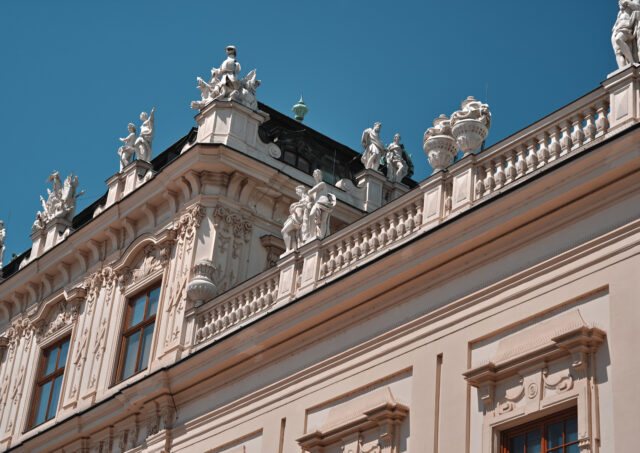
Some things can be done relatively quickly with the buttons on the back without deep diving into the Menu. I can change the program mode with the Mode button by pushing and dialing, and then there are the creative colors I can access with the Color button. The QS button is easy enough to reach, but although it’s “quick” I still spend a lot of time dialing and pressing and dialing again to get to where I want to go.
The dial on the top and the one on the back of the SIGMA fp L can both be used with the QS button or there are various ways you can customize them. Once I got the hang of it, the settings could be adjusted pretty easily, but it’s slow going unless I stick to one style.
Portraits / landscapes / still photos?
Photographing people? Awkward! I tried to move quickly with the camera once I became familiar with the menu buttons, but the amount of time it took to make adjustments was too long and there is a slight lag with the electronic shutter. It’s easy when taking a posed photograph, but I shoot fast and need to maintain a connection to my subject to get what I want. I will lose that quickly if my concentration is more on the camera than on them.
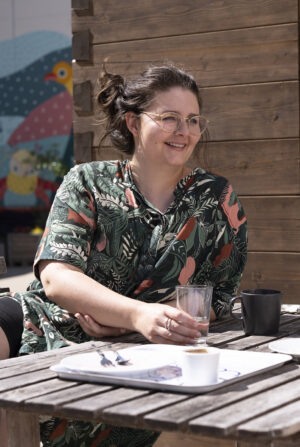
Taking a long walk through one of the local parks turned out to be the real eye-opener, and this is where the SIGMA fp L shined for me. No, I could not move fast, and no, I could not adjust the camera at record speed like I do with my DSLR. But what I could do is take my time and think about each shot. Honestly, it was almost Zen-like, something I haven’t felt since the old days in a darkroom. There isn’t always a need for speed and rather than “hunt” for a photo, I took my time and planned my shots. I was in personal slow mode, and I could not have enjoyed myself more. The camera was more than a tool; it was a companion.
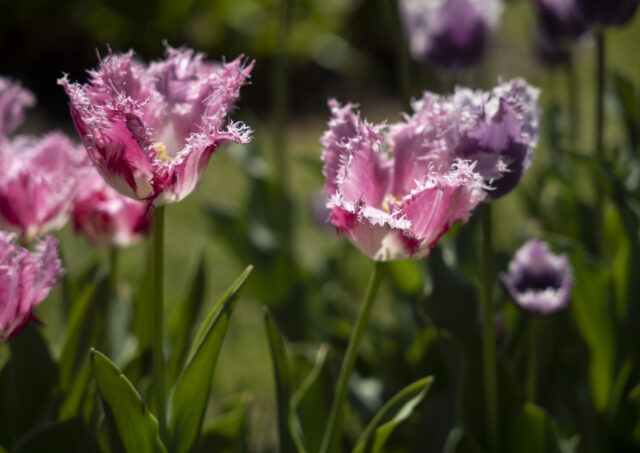
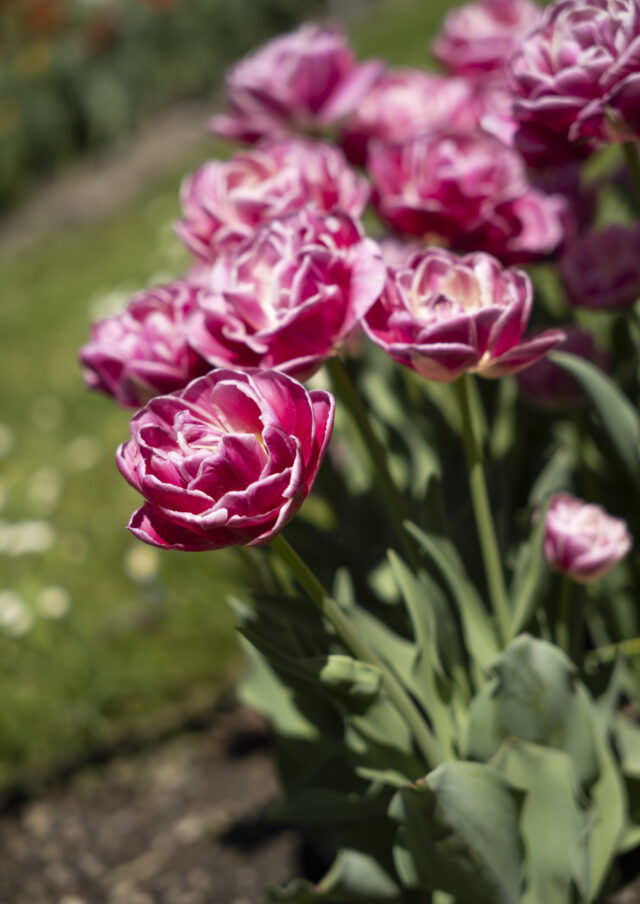
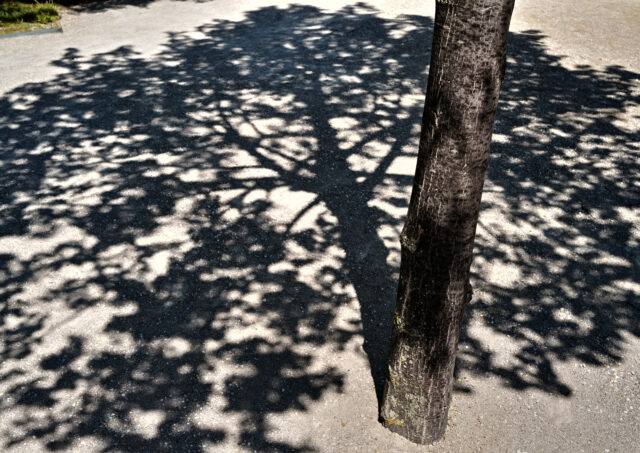
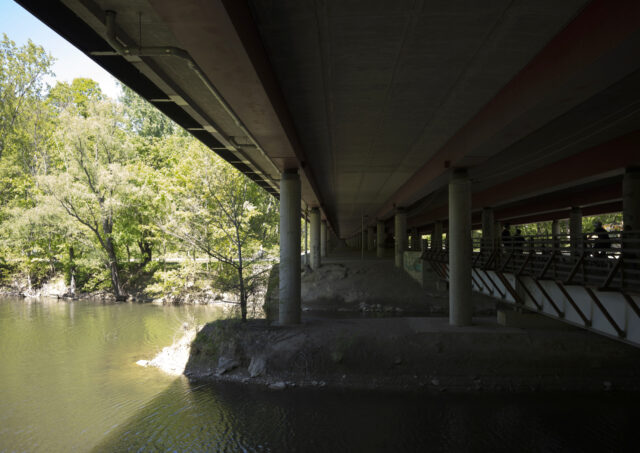
Dynamic Range Test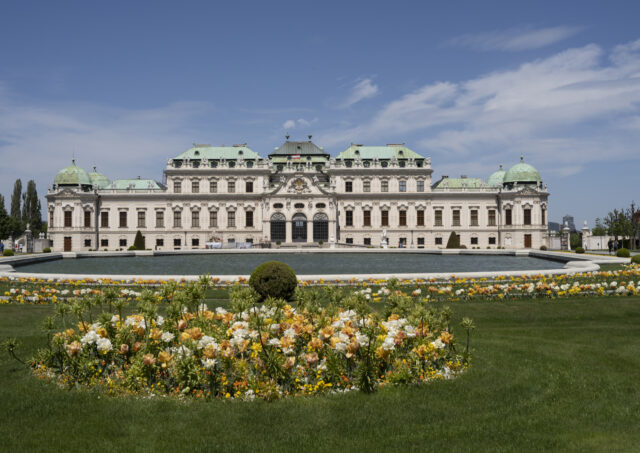
It’s to be expected that the dynamic range on this camera with the large image size is going to do a terrific job, and I wasn’t disappointed.

Duotone 
Duotone
I used the Color button but I would rather play around with color in post-process where I can clearly see what I’m doing on a big screen.
Final thoughts
I can imagine someone who loves to play with cameras and get inventive, and doesn’t mind working slow and steady, having a good time with the SIGMA fp L. Because I am a photographer who needs to get exactly what I see when I see it, it wouldn’t always work for me, but taking it out on a walk through the city, or a long hike, or even when traveling where the DSLR has become far too cumbersome for me to carry, it would serve me well.
The camera may be expensive for what it offers on the photography side of things – $3000 for the EVF kit – and there are certainly other, more flexible cameras for that amount of money. But don’t forget that the fp L’s capabilities extend far beyond still photography.
I enjoyed my time reviewing the SIGMA fp L, and it certainly has a place for photographers who prefer to take life a little slower. This camera is also directed towards cinematographers and Vloggers, and can be used as a webcam with a USB-C cable.
Link: SIGMA
What do you think? Are you considering shooting or filming with the SIGMA fp L? Share your thoughts in the comments below!



